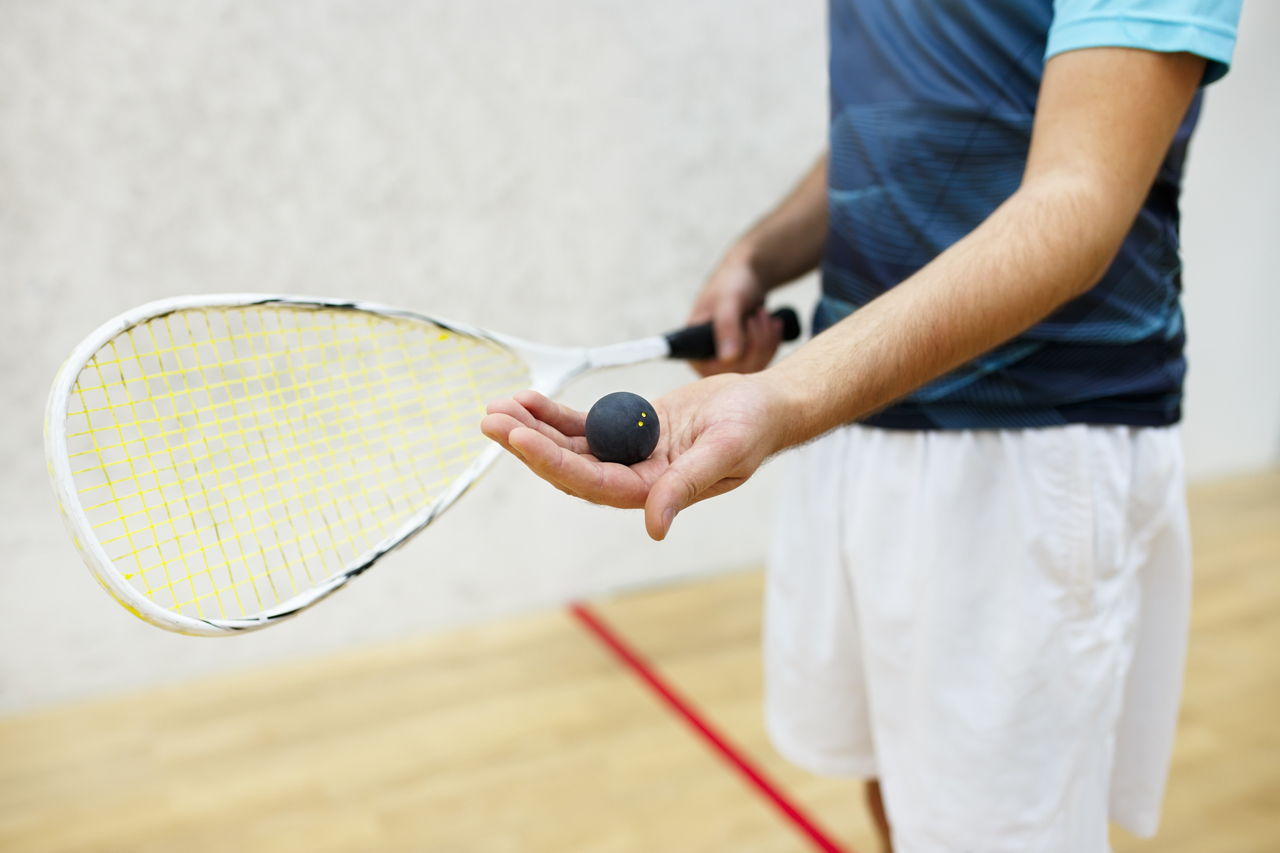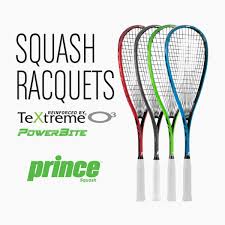
The official world record speed for a squash ball, from a serve, is 176mph. This was set by top professional Cameron Pilley from Australia. It is unlikely this speed will be matched at your local club!
Squash is a very fast game in every way, but bear this in mind: a badminton shuttle moves faster than a squash ball! It’s all to do with aerodynamics and physics, but that doesn’t take away from the fact the world record for a squash ball is 176mph!
That was, of course, delivered by a professional and is not likely to be seen at your club level, but speeds are still impressive.
How fast can you expect the ball to travel in an average game?
Speeds of 100mph are not unusual, with close to that being a regular thing, so how does it happen? Let’s take a brief look at a squash ball, and what it is made of, to get an idea of what goes on when the ball is struck.
What is a Squash Ball Made of?
A squash ball is one of the simplest of all balls used in sport. Basically, it is a hollow raw butyl rubber ball – there are some materials in it to help it work – filled with air.
When it is struck, the ball is effectively ‘squashed’. It’s said in some quarters that this is where the name comes from, but in fact the ball was originally called a ‘squash’ and the game ‘squash rackets’, as it derived from an older racquet sport known as ‘rackets’.
When the ball is squashed by hitting the highly-stressed strings of the racquet, it is powered away in reverse – at often colossal speeds. The speed depends on how you hit it, and how powerful your strike is.
There are also different types of squash balls, which is unusual for a racket sport. The major makers of squash balls will usually offer four different varieties, aimed at certain levels of player. We’ll use Dunlop – a major name in squash balls – as the example, the types are as follows:
- Pro ball – this is the official ball at all squash tournaments, and you can identify it by the two yellow dots marked on each one. This ball is for the most experienced players – and professionals – and has a very low bounce, so is difficult to play with if you are not experienced.
- Competition ball – signified by one yellow dot, the Competition ball is also for experienced players, and for those with some experience who want to get used to the professional level ball. It’s also used in cold conditions, as the temperature can influence the way the ball bounces.
- Progress ball – intended for players who are progressing in terms of experience but are not yet as proficient as some, the Progress ball is identified by a single red dot. It is slightly bigger than the two above, and offers a great deal more in terms of bounce. This is the ball your recreational squash player will most likely choose.
- Intro ball – this is the ball with a single blue spot, and is bigger than all the above with 40% more bounce than the Pro ball. This means that newer players can enjoy longer rallies and easier games, as they progress up the experience ladder.
So, now you know how fast a squash ball can go, and which one is for you, you can practice your serves and learn how to play faster shots!


